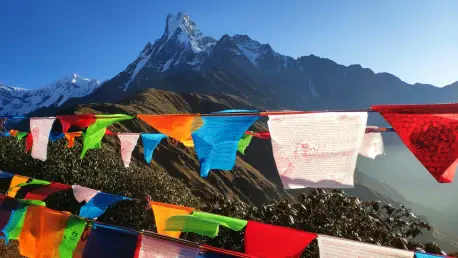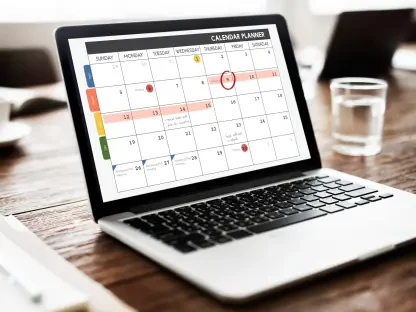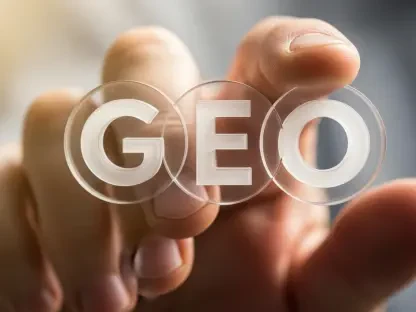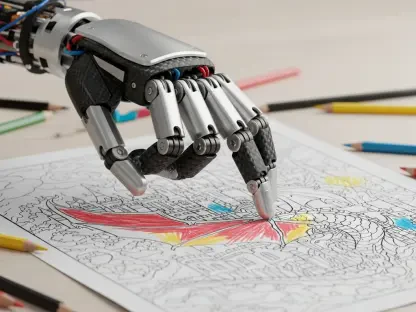In an era where social media can transform ordinary individuals into global storytellers, a British travel vlogger named Harry, known for his YouTube channel ‘We Hate The Cold,’ found himself at the heart of a dramatic political upheaval in Nepal. While exploring the vibrant streets of Kathmandu, Harry unexpectedly became a key witness to intense protests that gripped the city, capturing raw footage of chaos that would later resonate with millions. His videos, which showed vehicles and buildings ablaze amid widespread destruction, garnered over 5 million views, earning him the moniker ‘the accidental reporter’ among online communities. This remarkable turn of events highlights not only the unpredictability of travel but also the profound impact that digital platforms can have in amplifying real-time crises. Harry’s journey from a casual content creator to an unintentional chronicler of history offers a compelling glimpse into the evolving landscape of citizen journalism, where a single camera can shape public awareness on a massive scale.
Capturing Chaos: An Unexpected Role in History
The streets of Kathmandu were far from the serene travel backdrop Harry had anticipated when a sudden curfew trapped him amid escalating tensions. Caught off guard by the rapid descent into disorder, he instinctively turned on his camera, documenting the raw intensity of protests that unfolded around him. His footage, unpolished and visceral, provided a stark contrast to traditional news coverage, offering viewers an unfiltered look at the burning vehicles and shattered storefronts that defined the unrest. What began as a spontaneous reaction to an unforeseen situation quickly transformed into a powerful historical record, as Harry later admitted he was simply in the right place with the right tool at hand. This accidental documentation not only captured the immediacy of the crisis but also underscored how technology empowers everyday individuals to contribute to global narratives. The viral spread of his video across social platforms demonstrated the potential for non-traditional reporters to influence discourse during critical moments, reshaping how events are perceived and understood worldwide.
Global Impact: Public Response and Historical Significance
As Harry’s video spread like wildfire online, the public response was overwhelming, with many praising his work as a more authentic portrayal of the unrest than mainstream media reports. Viewers lauded his bravery for filming in such volatile conditions, while others noted the relative safety of Nepal for tourists, as Harry emerged unscathed despite the surrounding turmoil. Comments across platforms hailed his contribution as a vital service to humanity, with some predicting that historians would honor his footage as a defining record of the event. The consensus was clear: this travel vlogger had stumbled into documenting a revolution, providing what many called the best online perspective of the crisis. Beyond individual reactions, the broader impact was evident as the video reportedly pressured the Nepalese government to reassess its stance, showcasing the tangible influence of citizen journalism. Reflecting on this moment, it became apparent that Harry’s unintended role had not only illuminated a pivotal chapter in Nepal’s history but also highlighted the growing power of social media in shaping political outcomes and global awareness.









